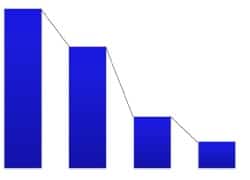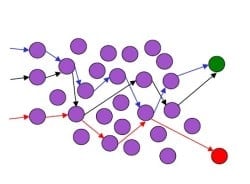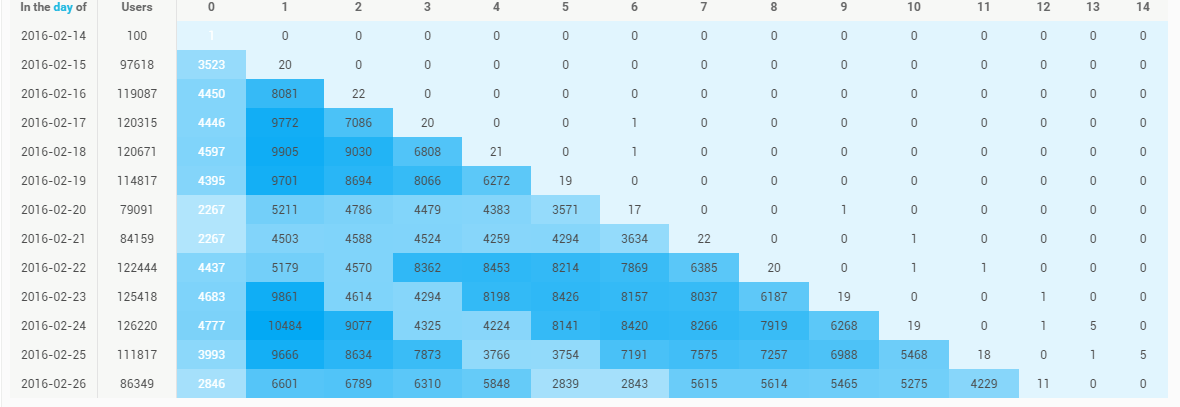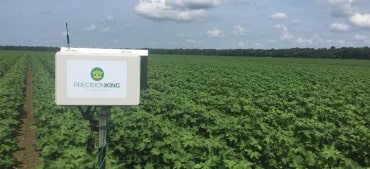
Advanced behavioral analytics may not be so hard.
Talk about modern analytics, and the conversation is likely to turn to the latest trend—perhaps Google’s artificial intelligence system that won at “Go!” or the prospect of fully automated homes controlled via a smartphone.
Before machine learning or AI comes into play however, businesses must first tackle a fundamental data science task: What’s happening? Who’s doing what? That’s a hallmark of descriptive analytics, and it’s a key foundation for advanced behavioral analytics.
Constant data collection can be “integrated into models that are both supporting business processes and actually driving those business processes,” said David Loshin, president of Knowledge Integrity, a consulting company. That applies to both human-generated data – for instance clickstreams on an e-commerce site – as well as machine-to-machine data such as in an IoT application.
With behavioral analytics, a basic question is “what are the profitable actions or the desired results? And what are the paths that can get the actor to take those?” Loshin said during a recent TDWI webinar.
Use cases
Three types of behavioral analytics
Rapid deployment for e-commerce
Use Cases for Behavioral Analytics
E-commerce: A customer may search for books, read reviews, add an item to the cart, then never complete the purchase. Or a mobile game may try to incent a customer to purchase more credits. Modern recommendation engines, such as run by Netflix, Amazon, and Wal-Mart, are advanced applications of behavioral analytics.
But incenting a customer to act in a specific way can be used by almost any online business – food delivery, an energy-use portal with smart thermostat data, or a healthcare app that may want to remind a patient that it’s time to refill a prescription for a life-threatening condition such as hypertension.
Cybersecurity, insider threats: User and machine behavior can be compared against patterns to detect unusual or unwarranted activity in a network. Some vendors in the space include Fortscale, Microsoft Advanced Threat Analytics, Secuornix, Splunk, Varonis, and others.
Online fraud: Transactions can be monitored for anomalies that don’t fit a user or transaction profile. Vendors that employ predictive behavioral analytics for financial transactions include Easy Solutions, Forter (case study here), Guardian Analytics, Intellinx, Kount, RSA and ThreatMetrix.
IoT/manufacturing: In an automated factory, sensor readings might be communicated to a central server. A sequence of events might lead to a part failure or a defect on a production line, which enables the enterprise to employ predictive maintenance on equipment or stop production before faulty goods are produced. (Predictive maintenance case studies here).
Three Types of Behavioral Analytics
Cohort Analysis: Often it’s beneficial to group individuals or machines by common characteristics, experiences, and time frames, so as to understand if the group is doing what it’s supposed to be doing (or what a company wants those users to do) on a regular basis.
For example, in an IoT application, are a group of machines – say for example edge devices such as smart thermostats – streaming the necessary data? In an e-commerce site, are customers in a certain demographic completing a purchase?
Under cohort analysis, “we’re looking for monitoring the continuity of the actions and looking for points of attrition along the way,” Loshin explained.

With funnel analysis, “you want to analyze the rate at which individuals follow the steps of that sequence” to produce a conversion, Loshin said. In other words, how many people dropped out of the funnel versus those that bought the product? Who were they?
Funnel analysis can be combined with cohort analysis: Did a specific group of people or machines drop out at one stage of the sequence?

Rapid Deployment of Behavioral Analytics
How hard is it to implement advanced behavioral analytics? As it turns out, one does not necessarily need an Amazon-grade recommendation system or anti-fraud engine on a Bank of America scale. When buying a solution (versus building one), Loshin advises to look for the following qualities:
- Scalable storage and performance.
- Integrated behavioral analytics tools.
- Data organization to represent paths for behavioral analytics.
- Ability to deal with different sources of data.
- A cloud-based solution for rapid deployment.
Most businesses, in fact, are already familiar with behavioral analytics, which is embedded in standard products such as Google Analytics. Another example: In the field of e-commerce, CoolaData has created a behavioral query language based on SQL. Data from various sources—customized external tables in an SQL database, real-time web and mobile events—is fed into a behavioral data service that conducts real-time dynamic user profiling. Outputs include real-time predictive modeling; measurement of acquisition (for example conversions); and various analytic documents.
All that is needed to start using the CoolaData platform is embedded Java code on a web page or website.
The system also can be used for real-time recommendations. For instance, coolaSQL can run behavioral queries and send them to a recommendation system, or an API can be invoked to fetch JSON data with a user profile within sub-seconds. The system also supports machine learning via an API. An example would be to obtain a list of users performing a specific action on a path, then apply an algorithm.
“We see now a trend going into IoT data,” said Tomer BenMoshe of CoolaData. “We don’t care if the ‘user’ is a device or a car. They are all sending events and you will want to understand the patterns and behavior of those devices.”





























